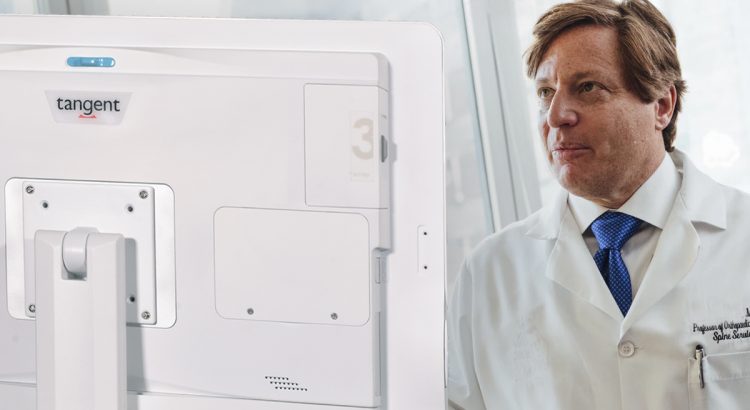While we would all like to meet our doctors in person for our personal care, this is not always possible. Patients with disabling conditions, those bed ridden, and others who are simply too sick to come into the doctor’s office for a visit may feel alienated from the care they have come to expect from […]
Tag: Medical LCD Displays
Medical LCD Displays v. Commercial LCD Displays
In the medical setting, commercial LCD displays simply do not meet the requirements for daily, routine use. Medical LCD displays, having passed a series of rigorous tests, are the only way to ensure patient information is adequately represented on screen. Here are some of the major differences between medical LCD displays and mass commercial LCD […]
